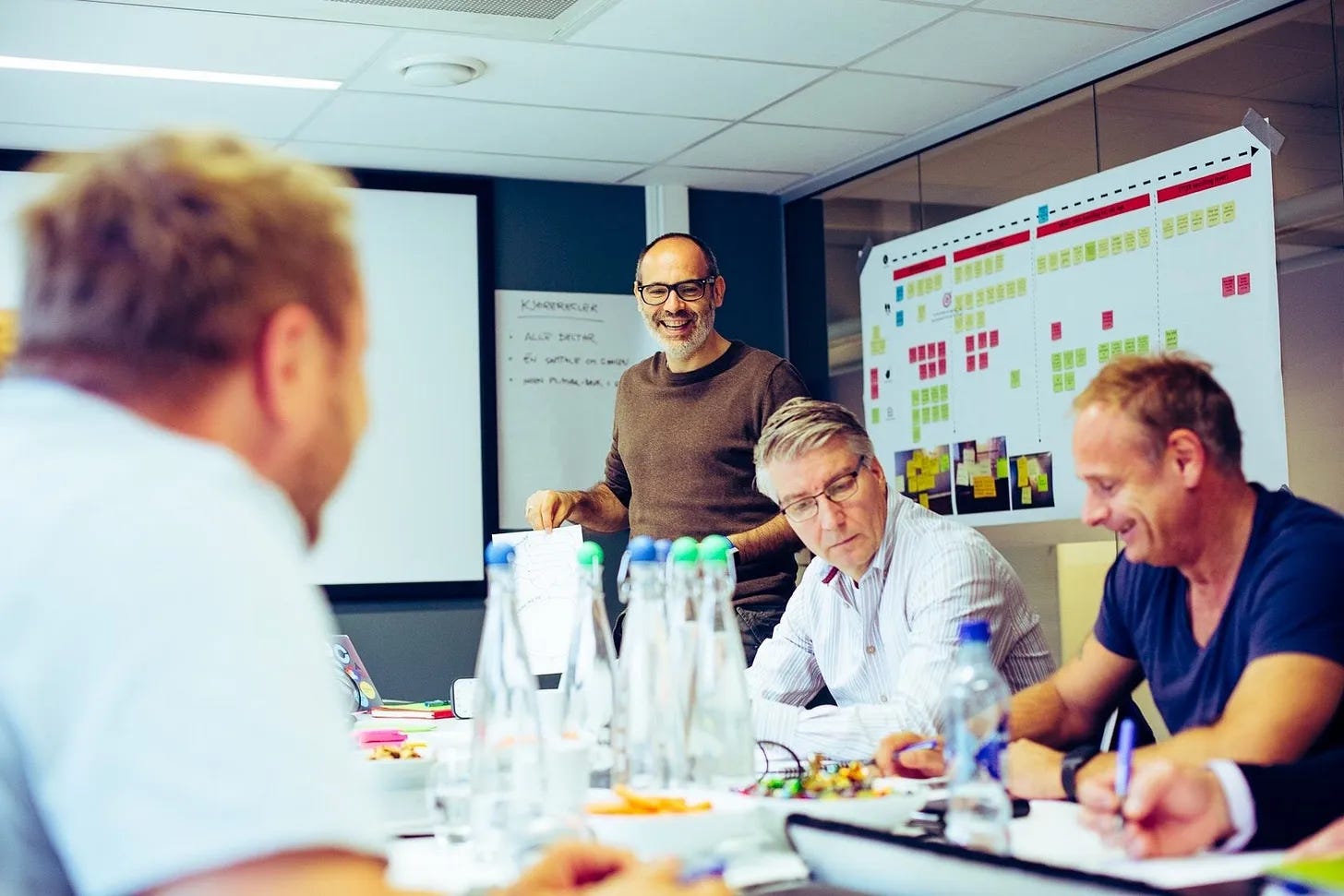Facilitated Leadership: A Modern Model for Complex Times and Wicked Problems
In a world of accelerating complexity, traditional leadership models are starting to feel outdated. The command-and-control archetype doesn’t always work when challenges are ambiguous, stakeholders are diverse, and outcomes are emergent. Instead, a new leadership paradigm is rising, one grounded in facilitation rather than authority.
Welcome to the age of Facilitated Leadership.
What Is Facilitated Leadership?
Facilitated leadership is a leadership style where the leader acts less as a directive authority and more as a guide, enabler, and catalyst for collective intelligence. Rather than leading from the front, the facilitated leader leads from within the group, creating the conditions for trust, participation, co-creation, and action.
A facilitated leader focuses on:
Asking powerful, open-ended questions
Hosting and holding space for dialogue
Enabling team members to contribute equally
Making complexity navigable through shared sensemaking
Supporting others to take ownership and lead themselves
It borrows much from the world of professional facilitation—hence the name—but extends it into how we think about leadership at large.
Real-Life Examples
1. Civic Innovation Labs
In the public sector, facilitated leadership is often seen in innovation labs. A city lab tackling climate adaptation may have a “lab lead” who convenes diverse actors—scientists, residents, business owners—not to dictate a solution, but to guide a shared learning journey. They facilitate workshops, map systems, and help participants co-create interventions.
2. Agile Product Teams
Scrum Masters or Agile Coaches often embody facilitated leadership. They don’t manage team members directly; instead, they remove blockers, facilitate retrospectives and standups, and protect the team’s autonomy. Their role is to serve the team so the team can deliver value.
3. Participatory Strategy Processes
Leaders who bring their organizations together to collaboratively design strategic directions—through facilitated sessions, story mapping, and visioning—are practicing facilitated leadership. They give up some control in order to unlock deeper commitment and relevance.
How Is It Different From Other Leadership Models?
Facilitated leadership overlaps with servant leadership, but it's more explicitly about designing collaborative processes. It draws from systems thinking, dialogue methods, and design facilitation, not just ethical humility.
Why Does It Matter?
In contexts where:
Complexity is high
Multiple stakeholders are involved
The future is uncertain
Ownership is fragmented
…traditional leadership often falters. Facilitated leadership offers an alternative that embraces uncertainty, fosters collective ownership, and builds adaptive capacity.
This is particularly relevant in:
Government and public sector innovation
Sustainability and systems change
Cross-sector partnerships
Organizational transformation
It’s not just about being “softer” or “nicer”, it’s about being fit for purpose in an interconnected world.
The Facilitator-Leader Mindset
If you’re a facilitator stepping into a leadership role, or a leader trying to become more facilitative, here are some mindset shifts:
From... “I have the answer” To…. “We will find the way together”
From... “People need managing” To…. “People need enabling”
From... “The plan is fixed” To…. “The process will guide us”
From... “My role is to lead” To…. “My role is to host”
Final Thoughts
Facilitated leadership is not a buzzword…. it’s a necessary evolution. As the world becomes more entangled and uncertain, the ability to convene, listen, sense-make, and co-create will define the leaders who make a difference.
And perhaps the most radical idea of all?
Leadership is not a person and not a role. It’s a practice.
Facilitated leadership is about sharing that practice and the power that comes with it.
If you found this post helpful and want more on leadership, facilitation, and systems change, consider subscribing to Facili-station. Paid subscribers get access to exclusive tools, mentoring sessions, and a vibrant community of practice.
Let's build better ways of leading together.
I hope this post, made sense and you found it useful.
If “HELL YEAH!”, please like it and share it in social media so more people can get can also benefit from it :-)
I would also appreciate if you subscribe, and give some comments here if you wonder something and want to give me some feedback. I would love to read your input here!
If you have a Substack yourself and like my content, I would love for you to recommend “Facili-station” to your subscribers.
Have a nice one!!
Looking for a facilitator and workshop designer?
If you need a workshop designer and facilitator to help you or your team to solve challenges, find solutions, make decisions, and to be more effective an perform better and faster, or a trainer to teach your team on how do this, please contact me at jose@facilistation.com
My workshops are designed to provide the structure required to quickly align and move forward with a plan or idea so you can reclaim time, energy and headspace.
Looking for a coach?
Struggling with the challenges of leadership? I offer personalized 1:1 or team coaching to support designers, new managers, and executives navigating transitions into leadership roles. Together, we'll build clarity, confidence, and resilience, to strengthen your relationship and leadership skills. If you're feeling stuck or overwhelmed, let’s talk. Sometimes one good conversation can change everything. Book a discovery call at jose@facilistation.com.




